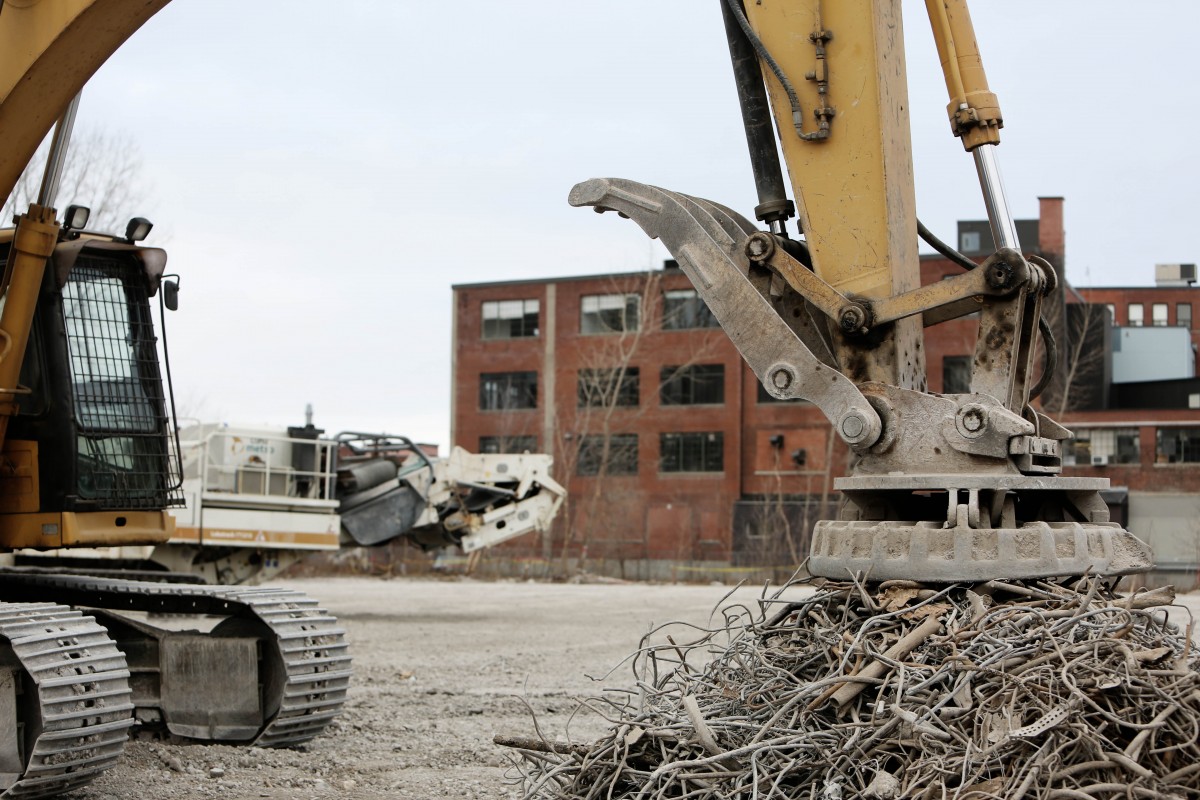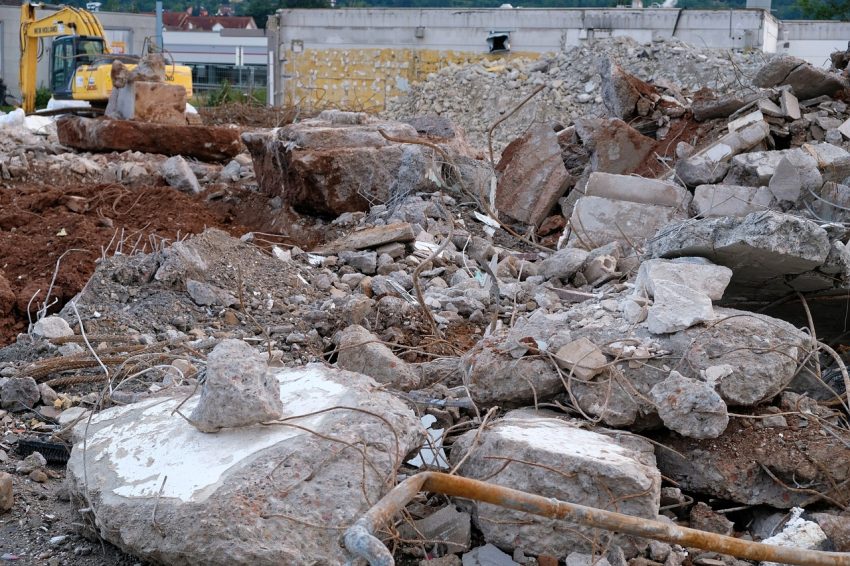Hey there! Are you interested in learning how construction materials can be recycled in the United States? If you’ve ever wondered what happens to all the waste generated during construction projects, you’re in the right place. In this guide, we’ll walk you through the process of recycling construction materials, helping you understand how you can contribute to a more sustainable building industry. So, let’s dive in and discover how to give new life to building waste!
Step 1: Sorting and Separating
The first step in recycling construction materials is sorting and separating them properly. On construction sites, different types of materials like concrete, wood, metals, asphalt, and plastics often end up mixed together. The key is to separate these materials into distinct categories, making it easier to recycle them later on. Proper segregation is crucial for maximizing the recycling potential of each material.
Step 2: Concrete Recycling
Concrete is one of the most commonly recycled construction materials. It can be crushed into smaller pieces known as recycled concrete aggregate (RCA). RCA can be used as a substitute for traditional gravel or as a base material for new construction projects. Additionally, concrete can be processed into concrete fines, which can be used for road construction and other applications.
Step 3: Wood Recycling
Wood waste from construction sites can be recycled and repurposed in various ways. It can be chipped into mulch, used as fuel for biomass energy, or transformed into engineered wood products. Recycling wood helps reduce the demand for new timber, conserves natural resources, and prevents wood waste from ending up in landfills.
Step 4: Metal Recycling

Metals, such as steel and aluminum, are highly valuable and easily recyclable. Construction metals can be collected, sorted, and sent to recycling facilities where they are melted down and processed into new metal products. Recycling metals saves energy, reduces greenhouse gas emissions, and conserves natural resources.
Step 5: Asphalt Recycling
Asphalt is another material commonly recycled in the construction industry. Old asphalt pavement can be reclaimed and reused by grinding it into granular pieces called reclaimed asphalt pavement (RAP). RAP can then be mixed with new asphalt to create recycled asphalt pavement (RAP). This process not only conserves resources but also helps reduce the environmental impact of new asphalt production.
Step 6: Plastic Recycling
Although plastic waste from construction sites is less common, efforts are being made to recycle and reduce its impact. Plastics such as PVC pipes, plastic sheeting, and packaging materials can be collected and sent to recycling facilities. Through recycling, these plastics can be transformed into new products, reducing the need for virgin plastic production.
Step 7: Partnering with Recycling Facilities
To effectively recycle construction materials, it’s important to collaborate with recycling facilities and waste management companies. These entities have the necessary expertise and infrastructure to handle and process different types of construction waste. By partnering with them, you can ensure that your construction waste is properly recycled and diverted from landfills.
Step 8: Educating and Promoting Sustainable Practices
Lastly, it’s crucial to educate construction professionals, workers, and clients about the importance of recycling and adopting sustainable practices. By raising awareness and promoting responsible waste management, we can create a culture of sustainability within the construction industry. Encourage the use of recycled materials, implement waste reduction strategies, and strive for a circular economy in construction.
By following these steps and embracing recycling practices, we can significantly reduce the environmental impact of the construction industry. Recycling construction materials not only minimizes waste but also conserves resources, saves energy, and promotes a greener future.
So, the next time you embark on a construction project, remember the power of recycling. Together, we can make a positive difference by giving new life to building waste and creating a more sustainable construction industry.
Happy recycling!
In conclusion, recycling construction materials in the United States is a vital step towards a greener and more sustainable future. By sorting and separating materials, recycling concrete, wood, metals, asphalt, and plastics, partnering with recycling facilities, and promoting sustainable practices, we can effectively reduce waste and conserve resources in the construction industry.

